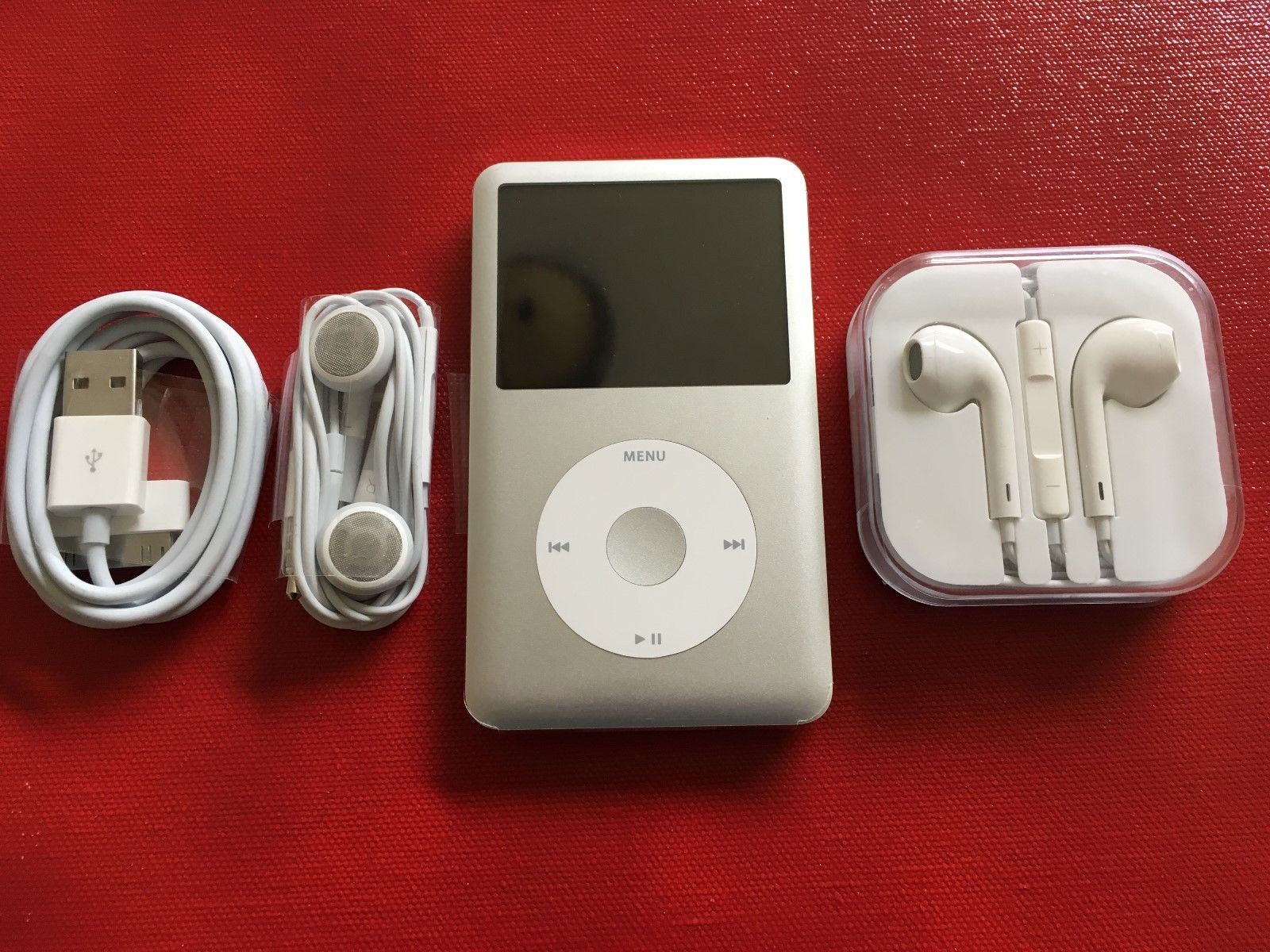
Apple servers can get quite busy, and the time of day affects the data downloading speed of the new update. The time of day can also influence the update time. Battery backups and problems can prolong the update’s time, hence the need for a charged phone.

Updating can be a battery-draining activity, and hence it’s best to conduct it with a full battery or while charging. If your device’s battery is low, it’s advisable to plug your device into a power source. The state of your device’s battery can significantly impact the update time. You can do this by deleting unwanted apps, transferring content to the cloud, or backing up your device’s data on your computer. It’s therefore essential to free up some space to make the updating process faster. If your device is almost full, the update process will take longer than normal. The more data and apps you have on your device, the longer the update will take. The Amount of Data and Applications You Have on Your Device For those with slow internet, expect the update process to take longer than usual. If you have a fast and reliable Wi-Fi connection, the update will take less time, and you’ll experience fewer interruptions. The speed and strength of your internet connection play a significant role in determining the update time. If you own an iPhone 13 Pro or Pro Max, the update will take much less time compared to an iPhone 6. The update time varies from iPhone to iPad to iPod Touch. The newer and more powerful the device, the shorter the update takes. The hardware specifications of the device you are updating will determine how fast the process goes.

Here are some of the things that might affect the time it takes to update your device to iOS 15.4: 1. The duration of the iOS 15.4 update depends on various factors. What Determines How Long The Update Takes?


 0 kommentar(er)
0 kommentar(er)
